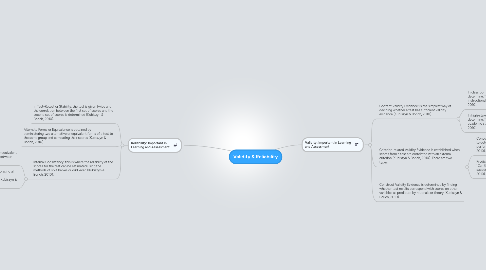
1. Validity: Important in Learning and Assessment
1.1. Content Validity Evidence: is the simplest way of deciding whether a test has sufficient validity evidence (Kubiszyn & Borich, 2010).
1.1.1. In classroom testing, it helps the educator determine, "Does the test measure the instructional objectives?"(Kubiszyn & Borich, 2010).
1.1.2. In high-stakes testing, it helps educators to determine, "Does the test align with state academic standards?" (Kubiszyn & Borich, 2010).
1.2. Criterion-related Validity Evidence is established when scores from a test are correlated with an external criterion (Kubiszyn & Borich, 2010). There are two types.
1.2.1. Concurrent Criterion-related Validity Evidence helps the educator to determine, "How well does performance on the test match performance on an established test?" (Kubiszyn & Borich, 2010).
1.2.2. Predictive Validity Evidence helps the educator to determine, "Can the test predict subsequent performance, for example, success or failure in the next grade?" (Kubiszyn & Borich, 2010).
1.3. Construct Validity Evidence is determined by finding whether test results correspond with scores on other variables as predicted by rationale or theory (Kubiszyn & Borich, 2010).
2. Reliability: Important in Learning and Assessment
2.1. In Test-Retest or Stability, the test is given twice and the correlation between the first set of scores and the second set of scores is determined (Kubiszyn & Borich, 2010).
2.2. Alternate Forms or Equivalence is obtained by administering two alternative or equivalent forms of a test to the same group and correlating their scores (Kubiszyn & Borich, 2010).
2.3. Internal Consistency, this is where the reliability of the scores for the test can be estimated using the methods of split halves or odd-even (Kubiszyn & Borich, 2010).
2.3.1. Split-half involves splitting the test into equivalent halves and determining the correlation between the two (Kubiszyn & Borich, 2010).
2.3.2. Odd-even involves dividing test items by placing all odd-numbered items into one half and all even-numbered items into the other half (Kubiszyn & Borich, 2010).
